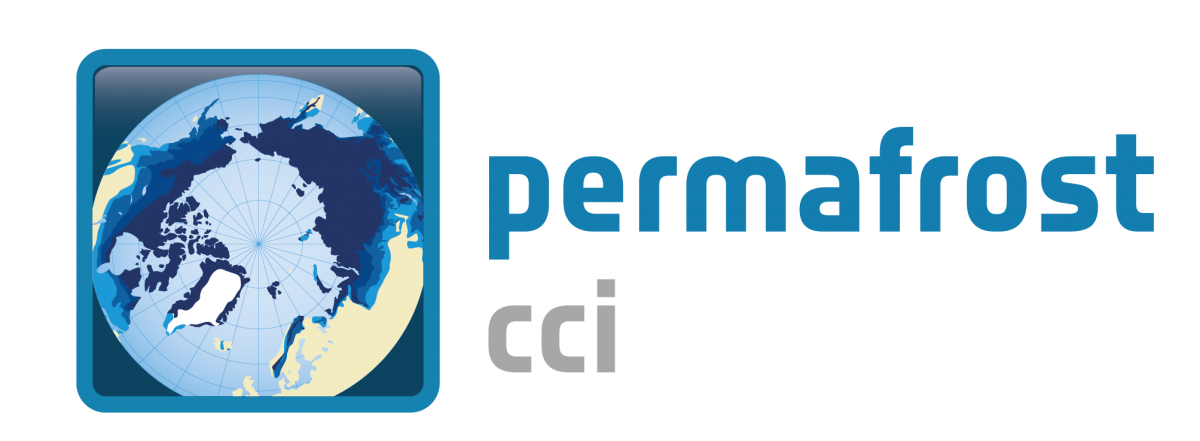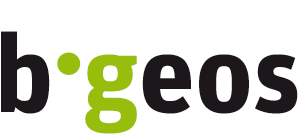Projects & Partners
Q-Arctic
The ERC (European Research Council) Synergy project Q-ARCTIC (2021-2027) will establish a next generation coupled land-surface model that explicitly resolves highest resolution landscape features and disturbance processes in the Arctic. Model development will be synchronized with novel remote sensing methodologies linking landscape characteristics and change potential at an exceptional level of detail. Interdisciplinary observations at multiple spatiotemporal scales will deliver novel insight into permafrost carbon cycle processes. b.geos provides remote sensing expertise and cooperates with MPI for Meteorology Hamburg and MPI for Biogeochemistry Jena (Germany).
AMPAC-Net
The ESA funded project AMPAC-Net (2022-2024) establishes a coordinating office to facilitate and guide the AMPAC networking action. The recently by ESA and NASA inaugurated Arctic Methane and Permafrost Challenge (AMPAC) strives to address related questions through making use of synergistic measurements, activities to improve satellite retrievals with a clear focus on high latitudes, and promoting new dedicated satellite sensors as well as improving validation of existing and upcoming satellite missions. The project is part of the ESA Polar Science Cluster. b.geos is the prime contractor of the networking action and is supported by FMI (Finland), DLR (Germany), Alfred-Wegener Institute for Polar and Marine Research (Germany), Stockholm University (Sweden), GFZ (Germany), MPI for Biogeochemistry Jena (Germany) and VUA (Netherlands).EO4PAC
The ESA funded project EO4PAC (Earth Observation for Permafrost dominated Arctic Coasts, 2021-2023) aims at the development of a roadmap for the next generation of the Arctic Coastal Dynamics database. The focus is on complementation of in situ records with satellite data across the entire Arctic. The project is part of the ESA Polar Science Cluster. b.geos is the prime contractor and is supported by the Alfred-Wegener Institute for Polar and Marine Research (Germany) and IGOT (Portugal).
'Drivers and feedbacks of CHanges in ARctic TERresstrial Biodiversity'
CHARTER is a HORIZON2020 project. It is an ambitious effort to advance adaptive capacity of Arctic communities to climatic and biodiversity changes through state-of-the-art synthesis based on thorough data collection, analysis and modelling of Arctic change with major socio-economic implications and feedbacks. It is led by the Arctic Center, University of Lapland (Finland).
b.geos (Annett Bartsch) is leading WP1 'Transitions in land cover, biodiversity and cryosphere at decadal time scales'.

NUNATARYUK is a HORIZON2020 project that investigates the impacts of thawing coastal and subsea permafrost on the global climate, and develops targeted and co-designed adaptation and mitigation strategies for the Arctic coastal population. NUNATARYUK brings together world-leading specialists in natural science and socio-economics. It is lead by the Alfred-Wegener Institute for Polar and Marine Research (Germany). b.geos provides landcover information (settlements, vegetation and soil properties, lakes and coast properties) based on the Copernicus Sentinel missions.

The ultimate objective of the European Space Agency Initiative Permafrost_cci is to develop and deliver permafrost maps as ECV (Essential Climate Variable) products primarily derived from satellite measurements. The required associated parameters by GCOS for the ECV Permafrost are “Depth of active layer (m)” and “Permafrost temperature (K)”. b.geos (A. Bartsch) is supporting Gamma Remote Sensing AG (Switzerland) as science lead of the project. Follow the project on
